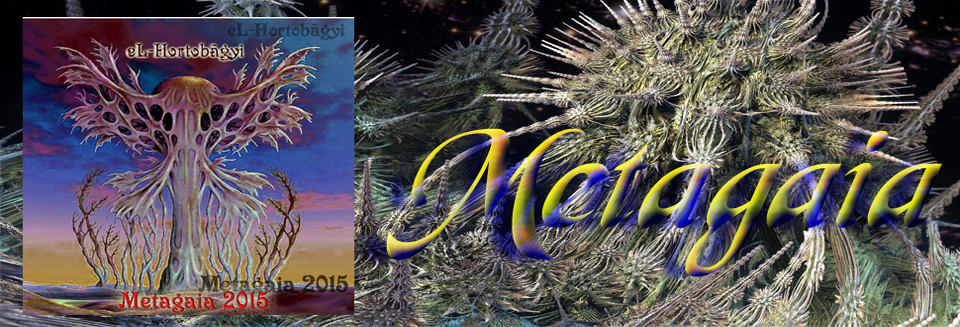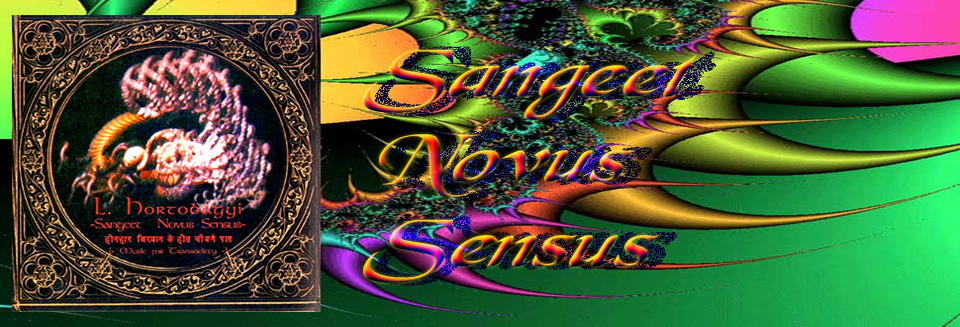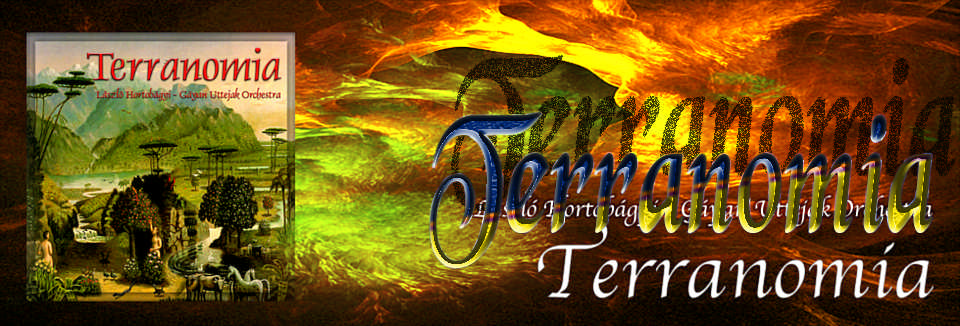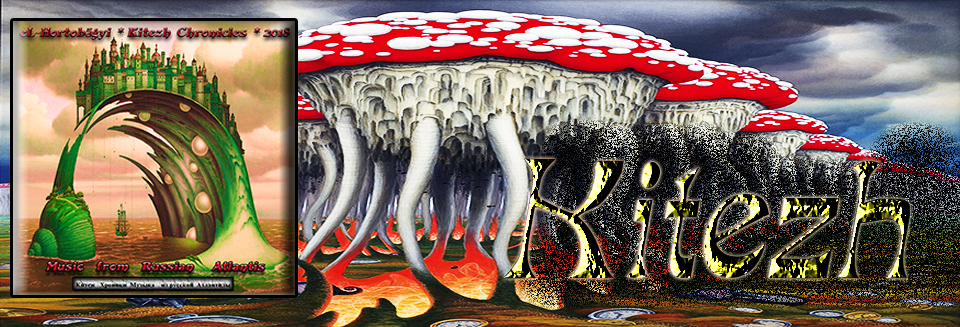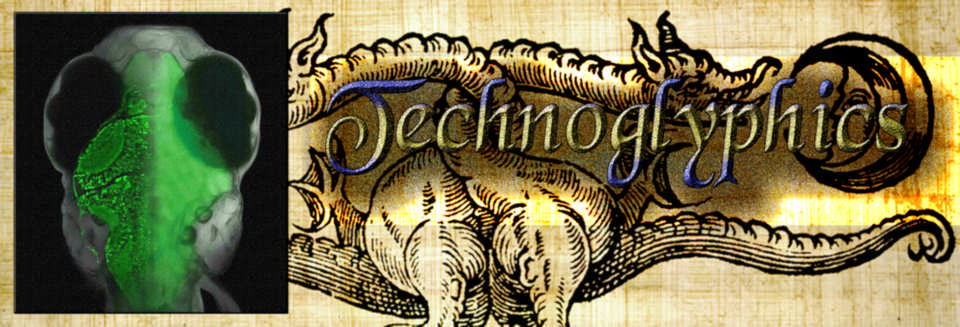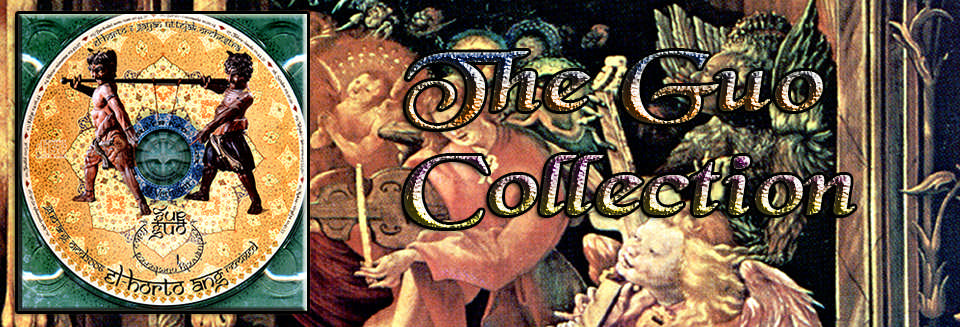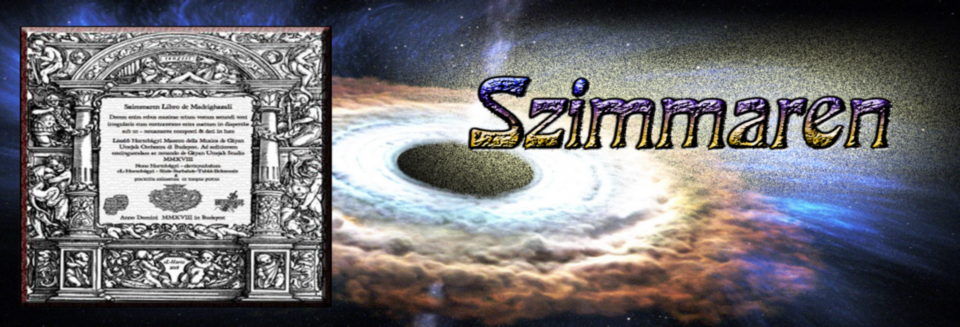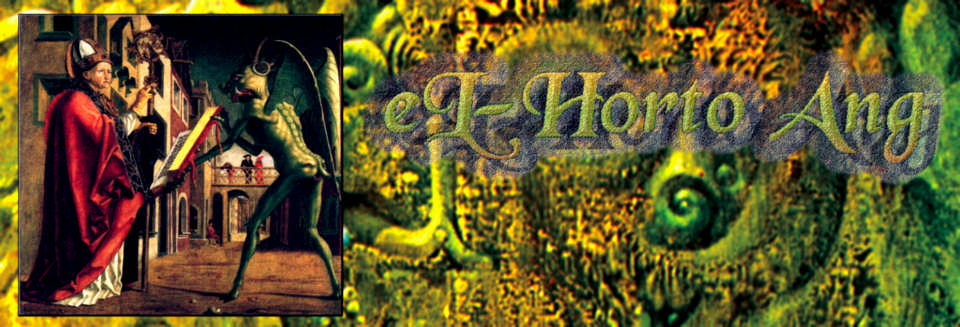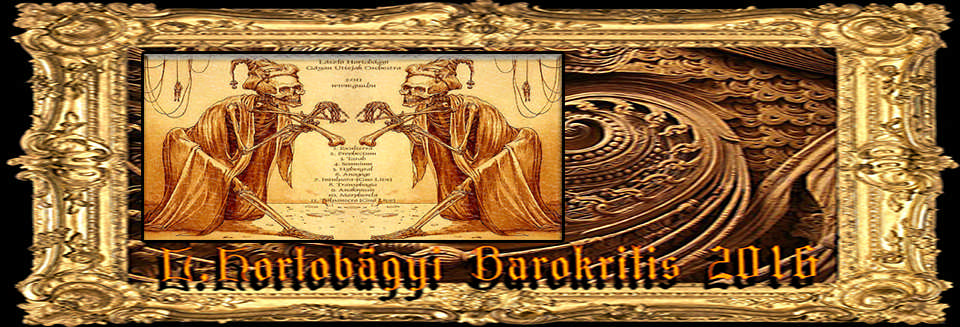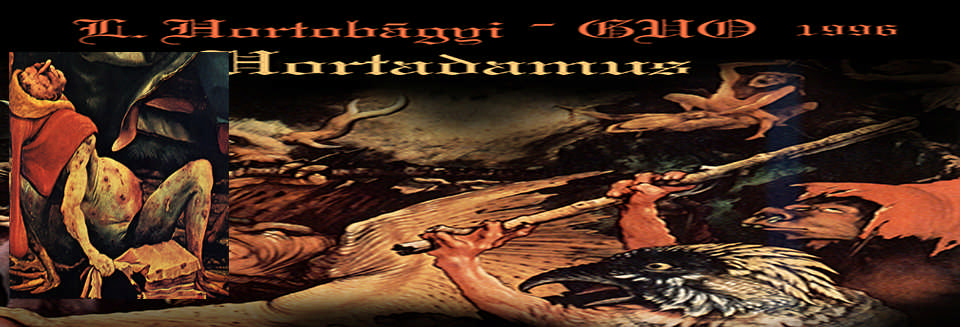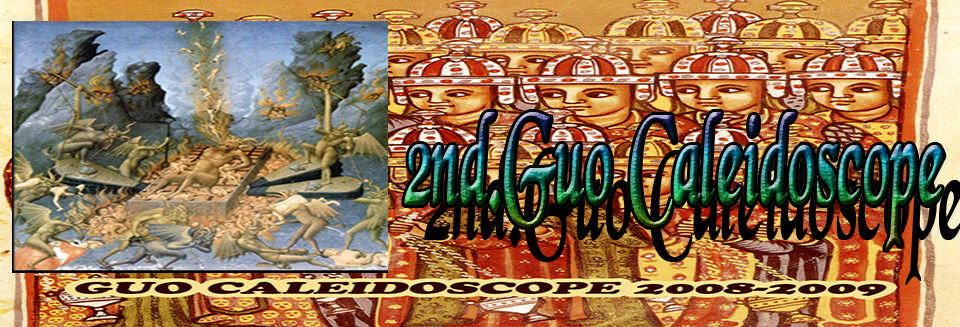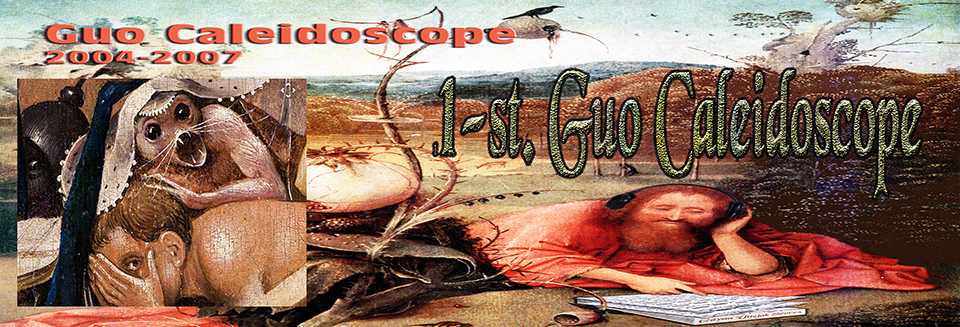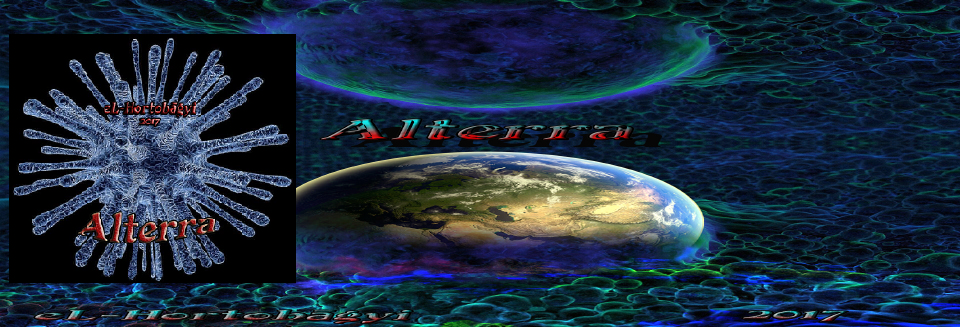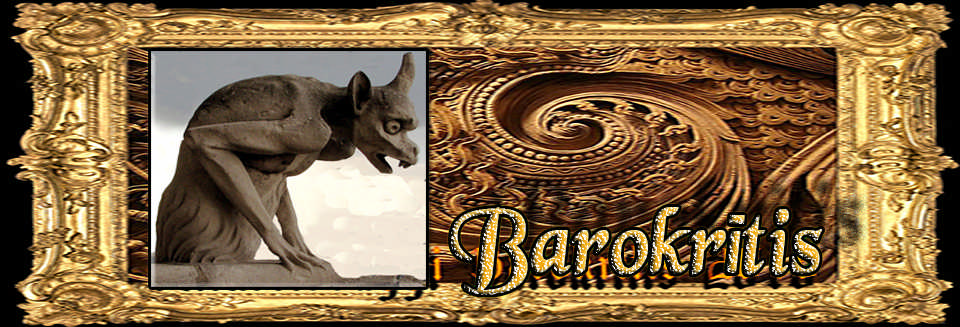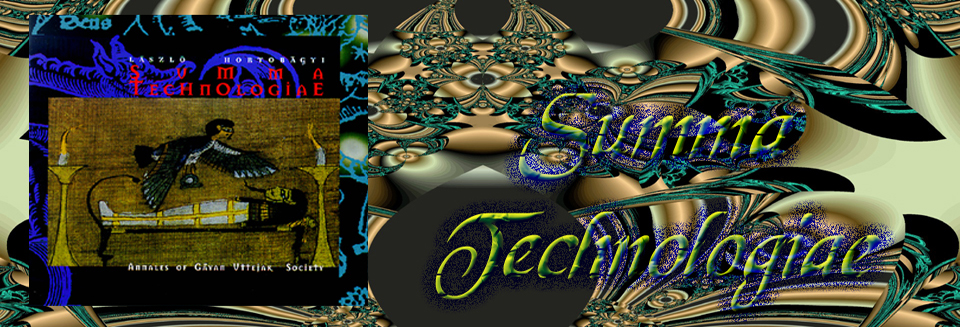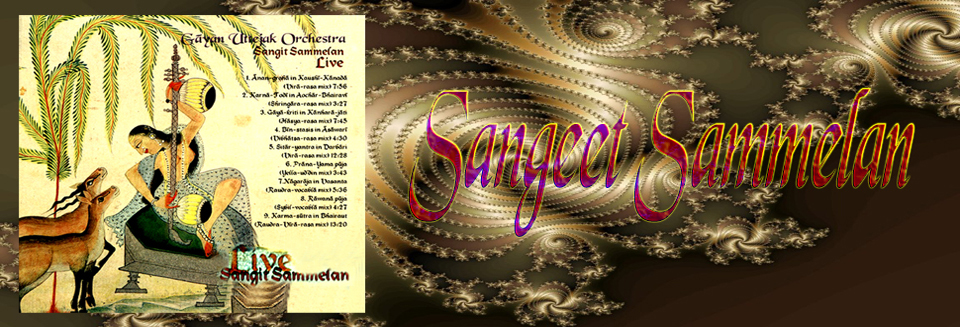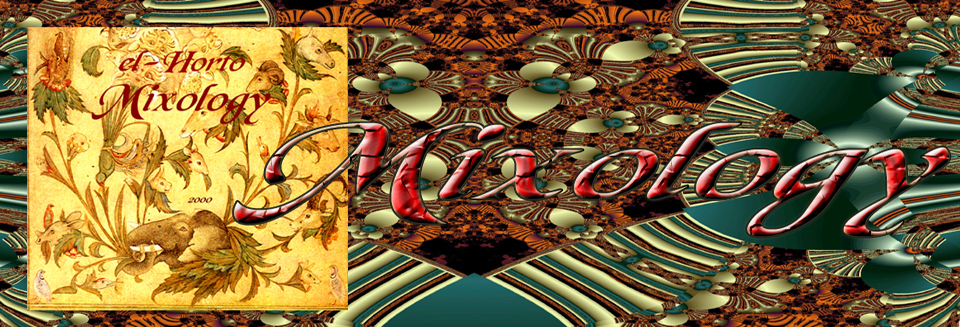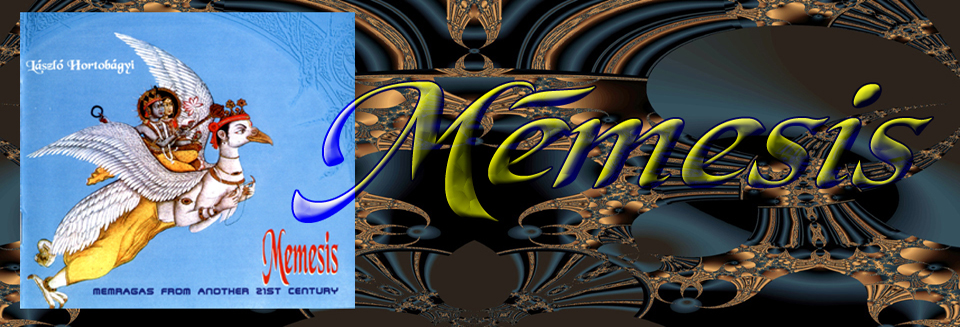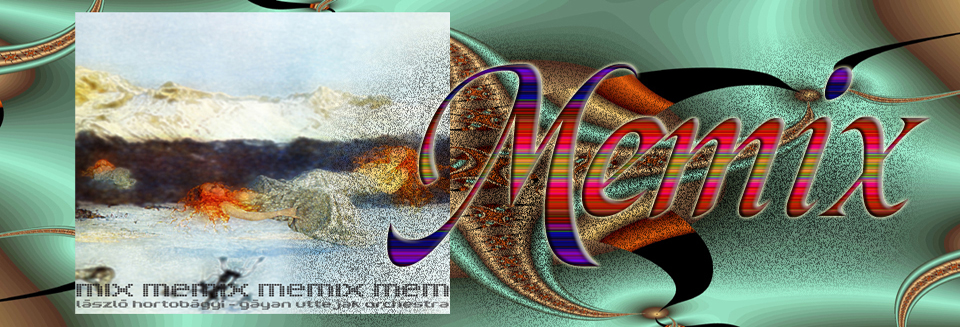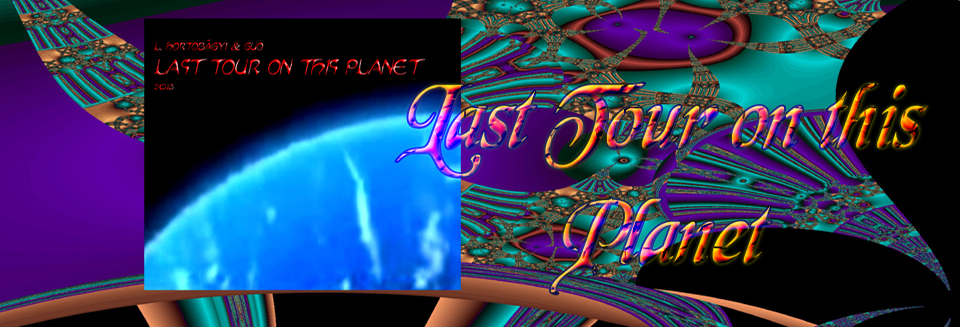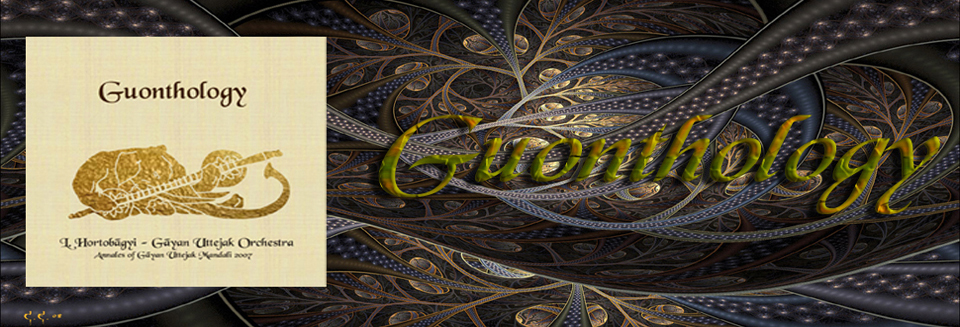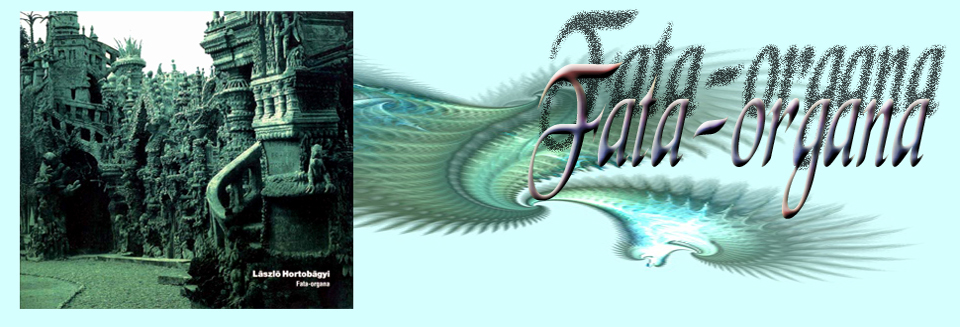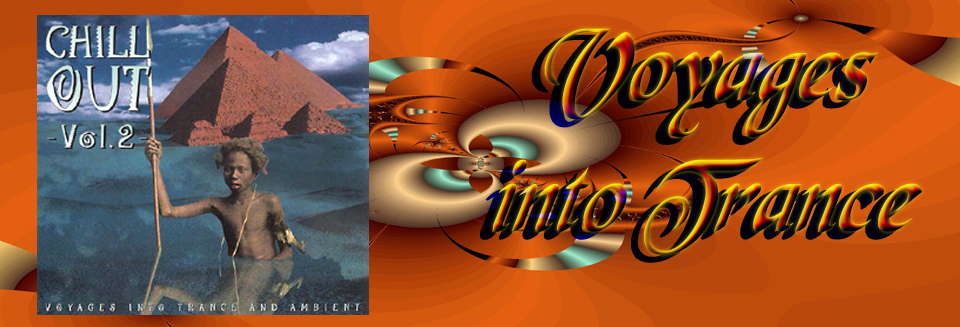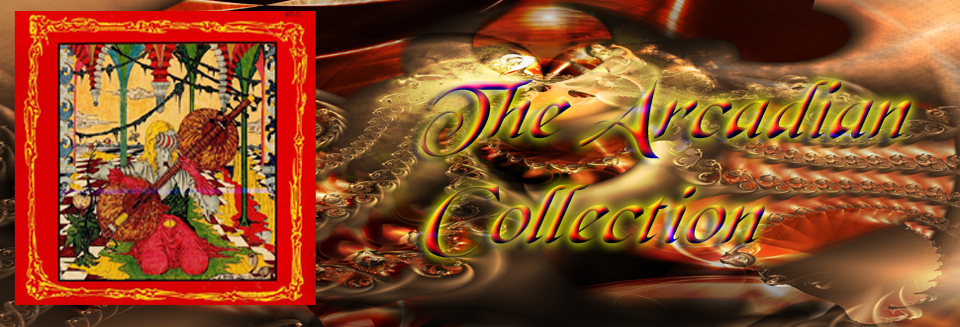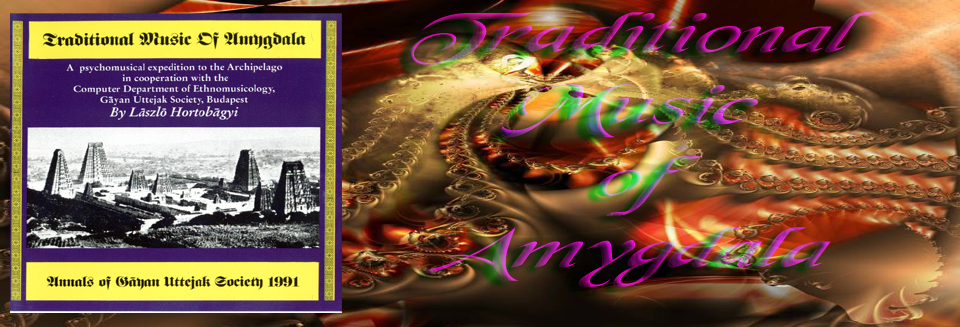(apocryphal musicological fragments from the Paleolithic to the 1st. Millenium)
Track 1. ~ Paleorite
recorded under the “Mammoth Venatio Fest” at La Moustiere in the vernal equinox day the B.C. 75 000.
Track 2. ~ Neolithurgos
“Maglemose” type of rituals from the Tavernois Culture, recorded in a day af lunar eclipse B.C. 9752.
Recorded at the territory of the later Zymbabwe.
Track 3. ~ Ka-Venamon
Ré-Harakhté congregational psalm (queni) in the temple of Der el- Bahri with the “Nile-nomos” instrumental rababah service by the nigromans.
Recorded in the day of Kúfú, B. C. 1427 near Theba.
Track 4. ~ A sudduli appū
Hittíta military music piece – belonged to the School of Matusílís –and the collective
breathing-process of the divine “hai” trance syllabe for the Gamuhái Istár.
Recorded in the VIII. Dekas of the year B.C. 1420 at Karatepe.
Track 5. ~ Synaphē
A theatrical anakrousis (prelude) with the fragments from the aulos -nomos: “Apollon and the Dragon”, and an epinikion part by the choir Sybilla nuns from Delphoi Oraculum accompanied by hydraulos.
Recorded in the day of Thíasos B.C. 162, Megara.
Track 6. ~ Enterpē laudation
Ludi Cereales, an orphic ritual music with cythara and hydra, Kübelé panergycal piece by tibia (flute-pipe) and dance musíc for Ares-Mars festum performed by the Salius priests.
Recorded 13. mensis Aprilis ab urbe condita 849, namely in the year of Nerva lmperator A.D. 97.
Track 7. ~ Rūno – latar
Tvisöngur choir of the old Viking caciques accompanied by the lur (alphorn) and ancient gall pastorale on suegalum (flute-pipe) with a runo fragments on jouhikko (lute) and gigja (fiddle),later gangar dance music accompanied by the tartöld (ancient teuton bassoon) and the langleik (bourdon) with the choir of Druids.
Recorded a day of Leif, month of the vernal-breeze, A.D. 620 Nidaros.
Track 8. ~ Avarhyton
The male-female aspect of the Samanic exaltation, tuwa-doromb singing
at the feet of the Departed Ancestors great-black-wood face “kamennaja baba”
accompanied by the Avarian “tárogató syo” (according to Theophülaktos)
scythian sístrum and rhyton (Lehel ‘s oliphant) with Kontakion Akathistos
hym (an epikhéma from the Paraklété, thanksgíving after the Avar invasion )
blended by a dual reed pipe of ison type comes from the Avar tribes.
Recorded in the day of Vesper, A.D. 626. Janoshida.
BOOKLET LINER
CD GrFx DOWNLOAD
or right click above = save link as = keep
click on pictures link in new tab


